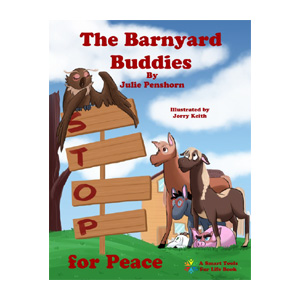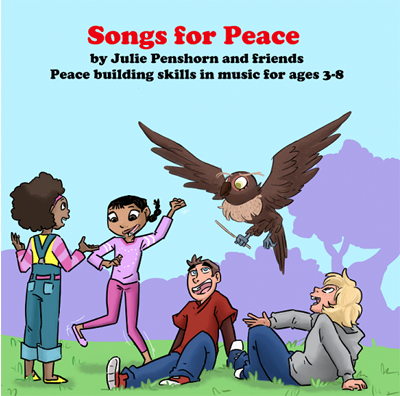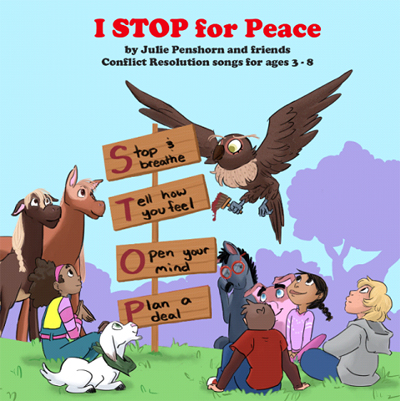Nothing gets better until we wage peace.
Fighting in the streets of Minneapolis and St. Paul and around the world in the last week from a police killing of a black man, George Floyd indicates the extent of the alienation, anger, and outrage so many of us feel right now. People are exploding with pent up rage from systemic racism, classism, and a host of issues brought about by the pervasive top-down society of which we are a part.
Entrenched entitlement, coupled with habits of supremacy at-all-costs, is encountering the fruits of its oppression of black and brown people.
Can We Change?
Change is never easy. But we must change the habits that are so dangerous to ourselves and others and move on to a time of equality and justice. We can make cultural changes best through the education of children. They can make it a habit to wage peace. There are numerous helpful resources for educating anti-racist and peace-waging children in a recent Huffington Post article.
What does it mean to wage peace?
It’s what you do when you take a caring action, when you stand up — are an “upstander” instead of a bystander. Waging peace is what you do when you educate a kid in conflict transformation or how to find peace in the day. It is taking a tortured or abused animal to the shelter. Waging peace is marching with others to stand up for what is right, and maybe taking your kids along when you march.
Wage peace. That’s what this children’s musical play demonstrates.
It brings a compassionate perspective to the challenging topic of “the other”. If the newcomer is an immigrant or just a new kid in town, kids can choose to bully, or be courageous — and be a friend. Or perhaps the newcomer is a person of another skin color, a kid with a disability, a kid who is economically challenged and doesn’t have “things”. The specifics are important but most important is the habit of compassion and empathy that is developed when children are very young.
The book itself is on Amazon so get your copy today! if you sign up for our mailing list, we’ll give you a link to a discount product page. Be sure to purchase books in hard and softcover for a friend or for your child to look at while watching this free video.
We are very excited about the video which is our Covid-19 version of a book release party! Julia Amundson, Director, and a team of theater students (Alex Feia, Alli Christner, Bridget Foy, Guled Badri, Madeline Jacobs, Natalie Amundson, Tony Farrar, Vaerna Mayer) created this play using music written by Julie Penshorn. It was performed uniquely by each “animal” actor. Julia did a wonderful job of gathering free music to augment certain singers and the “Sleepy dog” poem. Thanks all for your hard and timely work, all while being Covid-19-safe!
“I swore never to be silent whenever and wherever human beings endure suffering and humiliation. We must always take sides. Neutrality helps the oppressor, never the victim. Silence encourages the tormentor, never the tormented.”
—Elie Wiesel, Acceptance Speech on the occasion of the award of the Nobel Peace Prize in Oslo, December 10, 1986
There are three keys to children’s mental health:
Seeing, being, and waging peace. Children’s mental health predicts the future of a society, of planetary conflict, and ultimately of life on the planet, so these are important!
- The first ingredient for us all is seeing peace. We need to be able to imagine a better tomorrow and find peace in our daily lives through gratitude and a connection with nature and others.
- Then, we need to demonstrate care for ourselves and others, and in so doing, we are being peace. Working out our problems peacefully and respectfully with each other demonstrates being peace and provides a lifelong tradition for our children who will ultimately be our world leaders.
- Finally, waging peace helps us all to surmount difficult times, including those that tend to force us to focus inward, on our own misery. By finding something to be “FOR,” someone to help, some cause to support, something to create a better home, community, neighborhood, and/or world, we are waging peace.
Seeing Peace — Activities for Teaching the Concept
Seeing peace begins with simple observations of the world around us and enjoying time together creates a tradition of joy, respect for nature, and appreciation. For example, in one square foot of grass, a child can find at least ten magic, wonderful, creepy, crawling, manifestations of the earth’s remarkable creations!

Covid-19 isolation, a time to see peace in nature. This picture is from “I Can See Peace,” a children’s book guiding children in this skill and lifestyle. Find it here: http://bit.ly/smile4PEACE
Some simple ideas to get started.
- Lie on the ground with your kids and study what’s in front of you! How many things can you find in one square foot?
- Watch a sunset or sunrise together. Breathe deeply. See peace.
- Check the new growth on the trees and bushes around your house or in the park. Watch the magic of spring birth and growth in the garden and on the trees. Marvel together. See peace.
- Watch the raindrops on the window, or on a warm day with soft gentle rain, go out and feel it on your skin. Get drenched. See peace!
- Sing together as you take a walk. How about, “You Are My Sunshine”? Music brings so much joy. It’s a wonderful way to see peace.
After Stopping to See Peace, and Breathing to Be Peace, It’s Time to Wage it!
Jack Doepke and Julie Penshorn sing “I Can See I Can Be I Can Wage Peace” by Julie Penshorn
Much of success in business depends on our ability to get along with others.
Social and emotional skills (SEL) are learned when kids do their own conflict resolution, perhaps better termed “conflict transformation”. Conflict transformation includes the reality that often conflict resolution is imposed from a more powerful country or individual (such as a teacher or parent) and in being top-down it misses something important and results in imperfect resolutions. Conflict transformation implies that people work to a solution that can actually help them move beyond the current anger and hostility to a much greater relationship as they have come to a deeper understanding and are ready and able to move beyond where they started.
Waging peace goes beyond typical mental health approaches for children.
It gives children something to be “for” rather than spending all their energies focusing on all the challenges they face. It fits under the umbrella of SEL (social and emotional learning) beautifully but goes beyond. Instead of just seeking skills for getting along, it positions kids to build a purposeful future, as they seek peace, through generosity, positive action, and mindfulness as a way of life.
This is a time to take stock of practices and policies, habits, and attitudes and really ask: who and what am I supporting by my actions? How can I be a role model for a child and wage peace today?
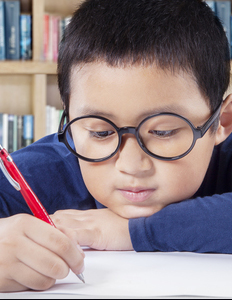







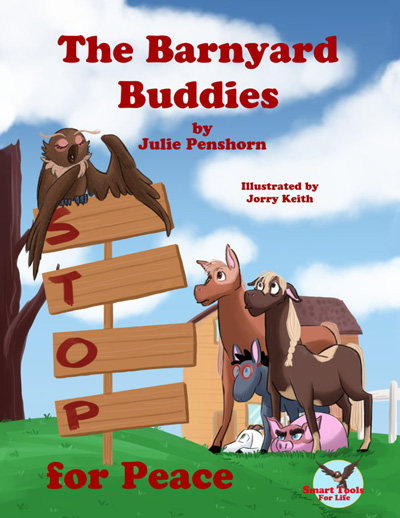
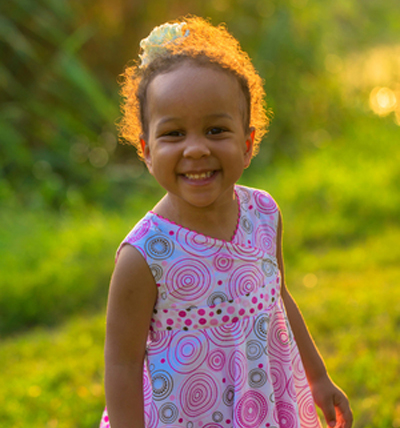

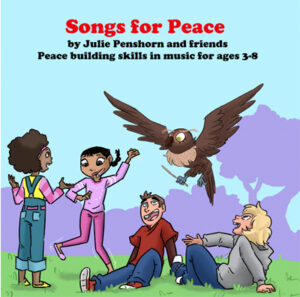


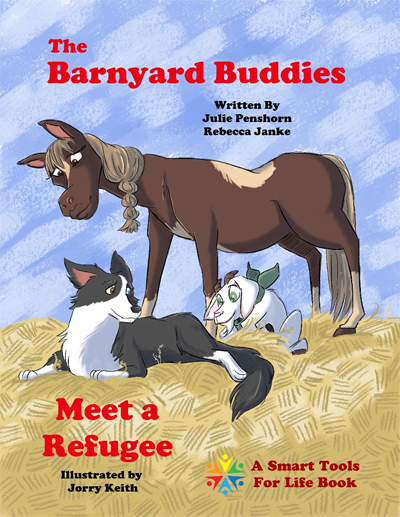
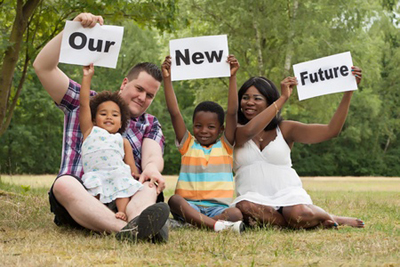
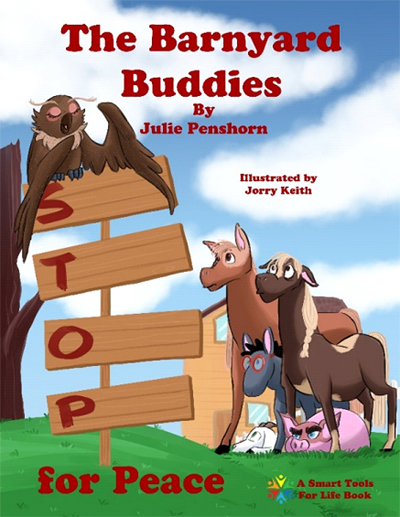 This link is to Barnes and Noble. You can also find it on
This link is to Barnes and Noble. You can also find it on 